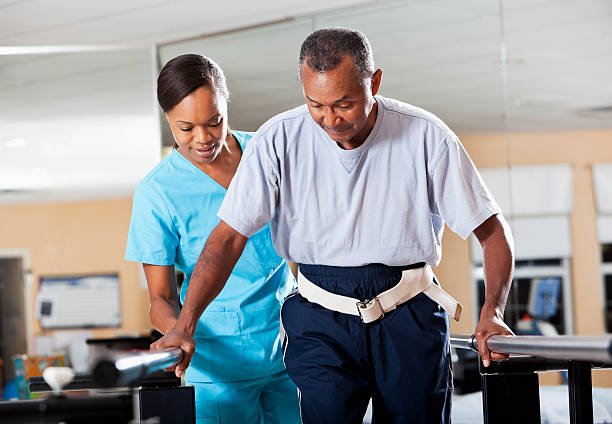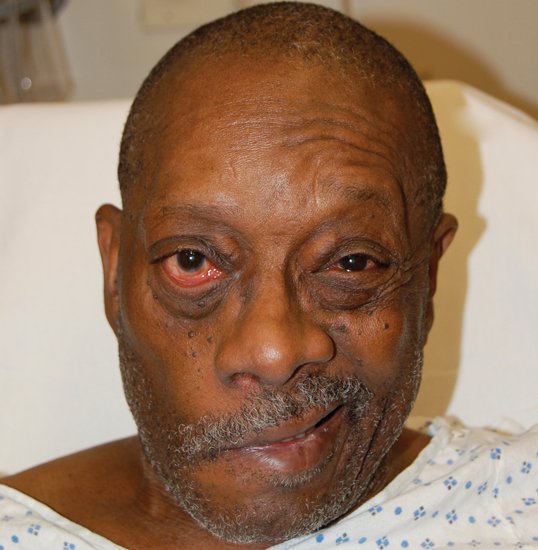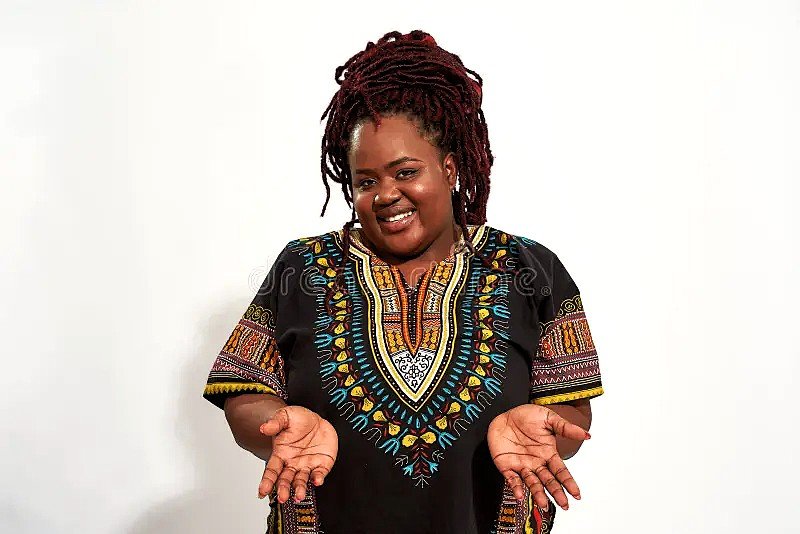
Stroke: Why early treatment is so urgent and important
What Is a Stroke?
A stroke, also known as a cerebrovascular accident (CVA), occurs when the blood supply to a part of the brain is disrupted or reduced, depriving brain tissue of oxygen and nutrients.
When brain cells are deprived of oxygen for too long, they begin to die, leading to permanent brain damage, disability, or even death.
In sub-Saharan Africa (SSA), stroke remains a leading cause of death and disability, often due to late diagnosis and treatment.
There are two main types of strokes:
- Ischemic Stroke: The most common type, occurring when a blood clot blocks or narrows an artery leading to the brain.
- Hemorrhagic Stroke: Occurs when a blood vessel in the brain bursts, leading to bleeding (hemorrhage) in or around the brain.
A third, less severe event is a Transient Ischemic Attack (TIA), also called a “mini-stroke,” where stroke-like symptoms occur but resolve on their own. TIAs should never be ignored as they are often warnings of an imminent major stroke.
The importance of early recognition and urgency of treatment
In the case of stroke, time is of the essence. The earlier a stroke is recognized and treated, the better the chances of preventing permanent brain damage or death. There is a critical period known as the “brain safety window” or golden hour—typically within the first 3 to 4.5 hours after stroke symptoms appear—during which treatment can significantly reduce the risk of long-term disability or death.
Many survivors of stroke in SSA face long-term disability due to delays in recognizing the signs and getting to the hospital. Raising awareness about the signs and symptoms of stroke and promoting immediate medical intervention is crucial to improving outcomes.
Recognizing the signs of a stroke (FAST)
The key to saving lives and preventing disability is early suspicion. Knowing the signs and symptoms of a stroke can help individuals act quickly and seek immediate medical help. The acronym FAST is an easy way to remember the warning signs and do something about them:
- F – Face drooping: Does one side of the face droop or feel numb? Ask the person to smile.
- A – Arm weakness: Is one arm weak or numb? Ask the person to raise both arms.
- S – Speech difficulty: Is speech slurred or strange? Ask the person to repeat a simple sentence.
- T – Time to call emergency services: If you notice any of these signs, seek emergency medical attention immediately.
Additional symptoms can include:
- Sudden confusion or trouble understanding speech
- Sudden trouble seeing in one or both eyes
- Sudden severe headache with no known cause
- Sudden dizziness, loss of balance, or difficulty walking
The drooping face of a stroke patient

Why stroke is a major health concern in SSA
Stroke is becoming an increasingly common health crisis in SSA due to factors such as high blood pressure, diabetes, smoking, obesity, and lack of access to timely medical care.
Unfortunately, awareness of the early signs and the urgency of treatment is still low in many communities. In many cases, people do not seek medical help immediately, which leads to irreversible brain damage, disability, or death.
This makes it essential to spread awareness and ensure that healthcare facilities are equipped to handle strokes promptly.
Key risk factors for hypertension - what puts you at risk of the disease
The golden hour: why quick treatment is so crucial
When a stroke occurs, every minute counts. The brain loses approximately 1.9 million neurons each minute during a stroke. Early treatment within the brain’s safety window—ideally within the first 3 hours—can significantly reduce the amount of brain cells damage.
For ischemic strokes, thrombolytic therapy (clot-busting medication) is most effective when administered within the first 3 to 4.5 hours. This treatment dissolves the clot, restoring blood flow to the brain. For hemorrhagic strokes, urgent medical intervention may include controlling bleeding, reducing pressure on the brain, and surgical repair.
The sooner treatment is initiated, the better the outcome. Delays can lead to irreversible damage and increase the likelihood of long-term disability.
How do you prevent stroke - The steps to take
Prevention is key in reducing the occurrence of strokes in SSA. Here are important steps individuals can take to lower their risk:
- Control Blood Pressure: High blood pressure is the leading cause of stroke. Regularly monitoring and managing blood pressure is critical.
- Manage Diabetes: Proper management of diabetes can prevent stroke-related complications.
- Quit Smoking: Smoking increases the risk of stroke. Quitting smoking lowers the risk significantly.
- Healthy Diet and Exercise: Maintaining a healthy diet low in salt and fat, combined with regular physical activity, reduces the risk of stroke.
- Limit Alcohol: Excessive alcohol consumption increases the risk of stroke. It’s important to drink alcohol in moderation.
- Regular Medical Check-ups: Regular visits to the doctor can help identify risk factors like high cholesterol or atrial fibrillation (irregular heartbeat) that can increase the chances of a stroke.
Life after a stroke: rehabilitation and recovery
Stroke survivors often require extensive rehabilitation to regain lost skills, such as walking, speaking, or performing everyday tasks.
Rehabilitation plays a crucial role in improving quality of life after a stroke. Recovery can be slow, but with proper support and therapy, many stroke survivors regain their independence.
In SSA, access to rehabilitation services can be limited, making it even more important to emphasize prevention, early treatment, and community support for stroke survivors.
Supporting stroke patients and their families
Caring for a loved one after a stroke can be challenging, both emotionally and physically. Families play a critical role in helping stroke survivors recover. Here are some ways to provide support:
- Assist with rehabilitation: Help the patient stay motivated with their therapy and exercises.
- Encourage a healthy lifestyle: Promote (and where possible, contribute to) a balanced diet and physical activity, while managing any other risk factors.
- Create a safe environment: Modify the home to make it easier for the stroke survivor to move around and perform tasks.
- Provide emotional support: Stroke recovery can be mentally challenging. Emotional encouragement and patience are vital to the patient’s progress.
Remember
Stroke remains a leading cause of death and disability in SSA, but early recognition and treatment can save lives and improve outcomes.
Public awareness of stroke symptoms and the importance of acting quickly is essential to reducing the burden of stroke in the region.
Prevention, early treatment, and post-stroke rehabilitation are all key factors in improving survival rates and reducing long-term disabilities.
Through education and urgent medical care, the impact of stroke can be minimized, giving more people the chance for a full recovery.


